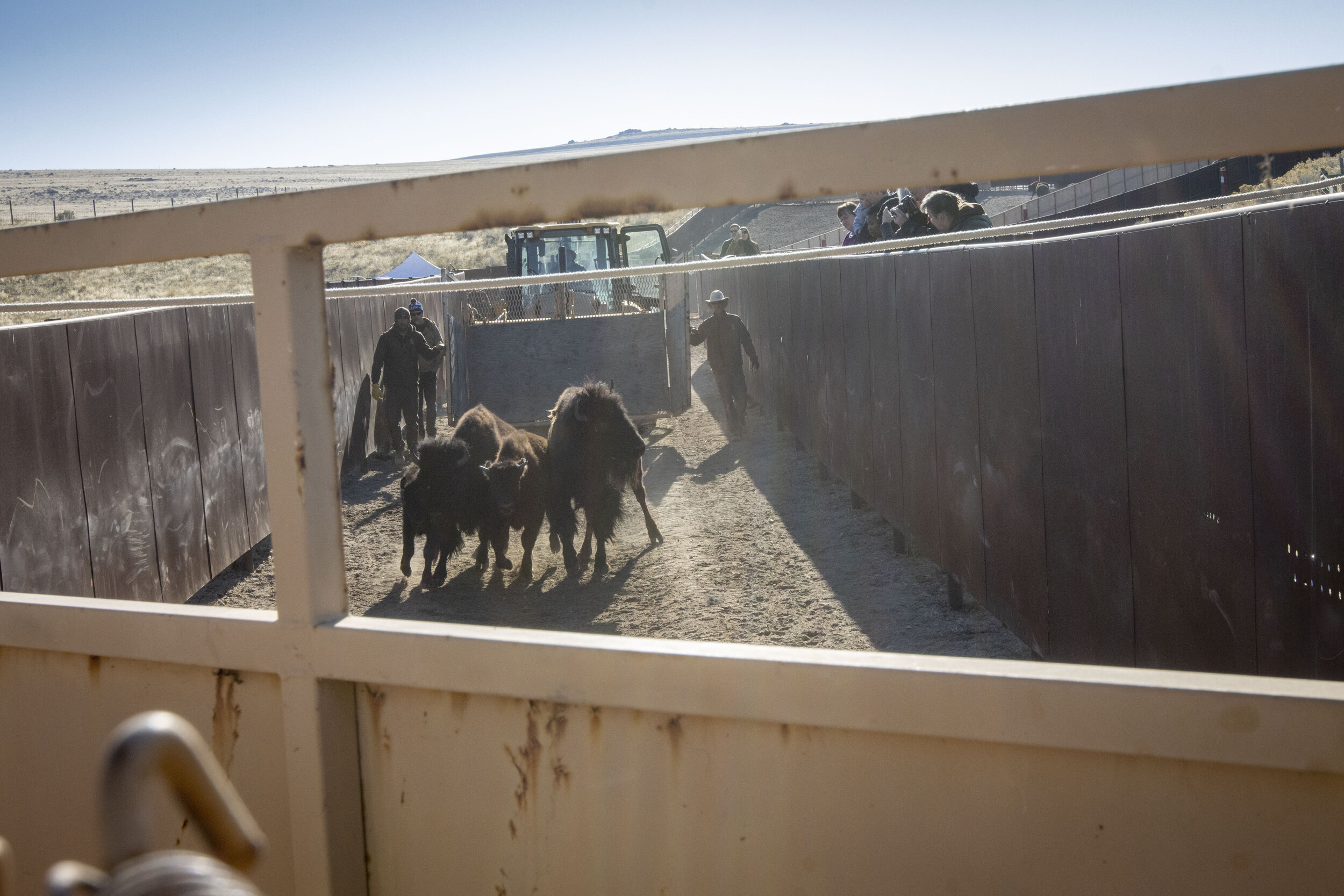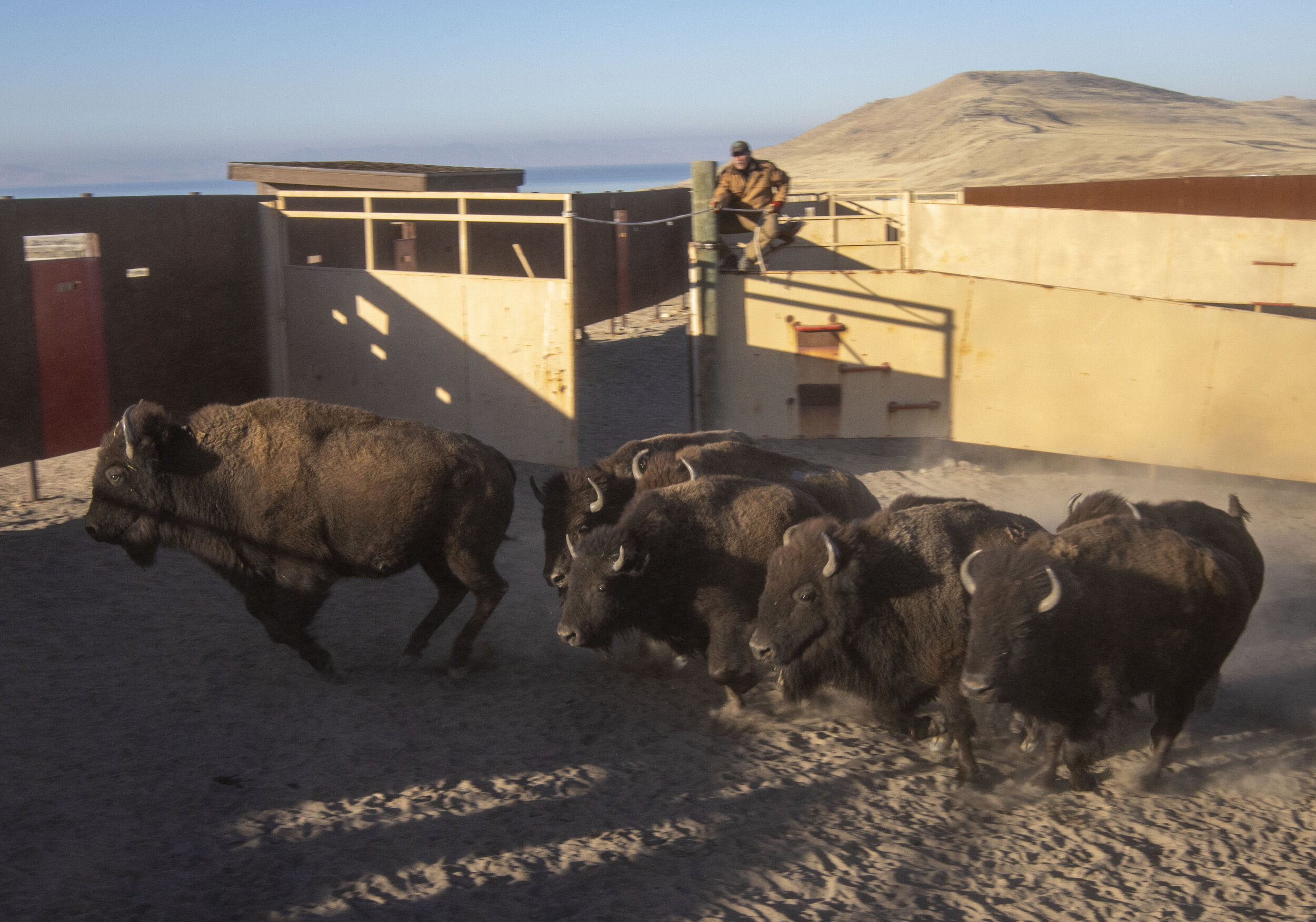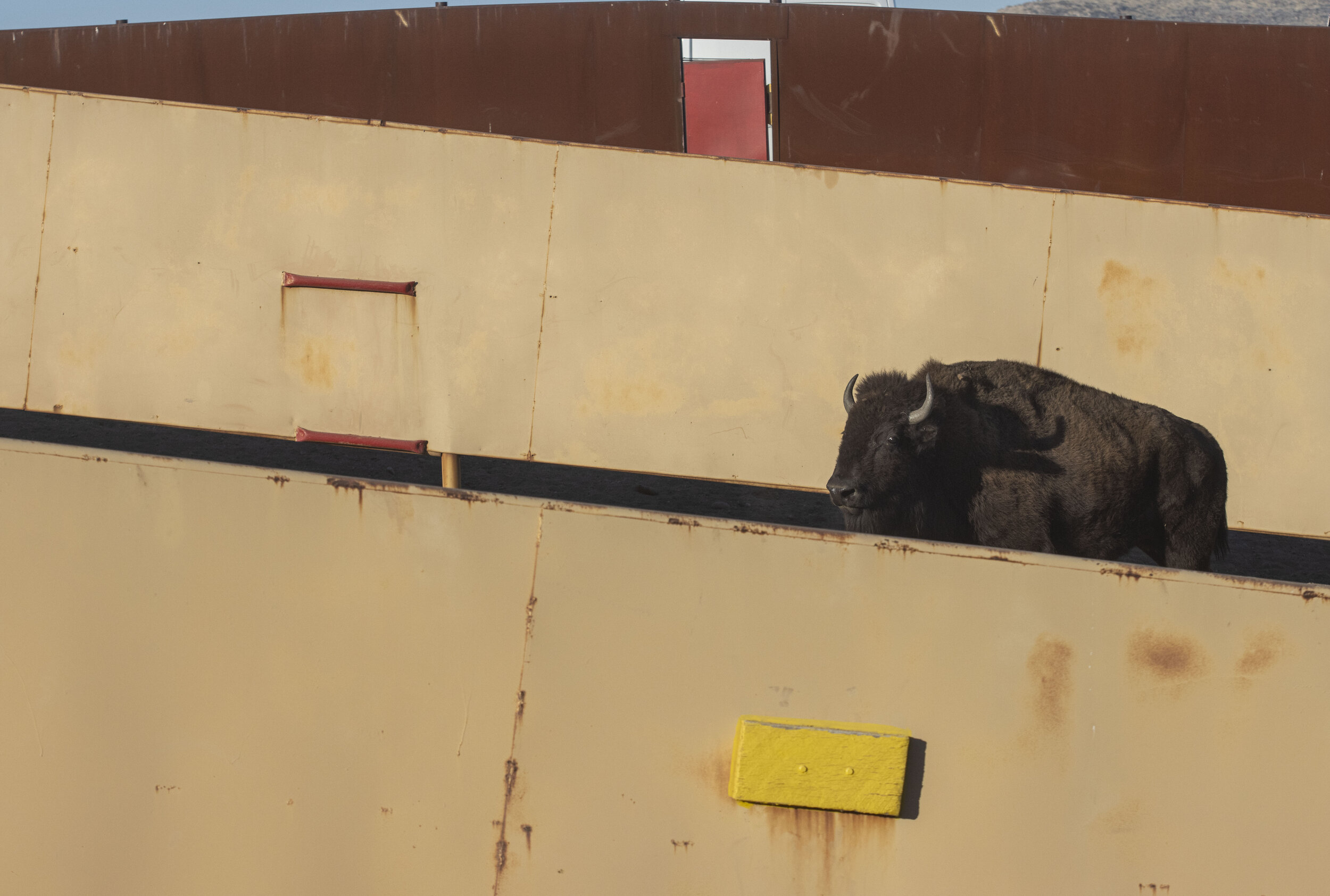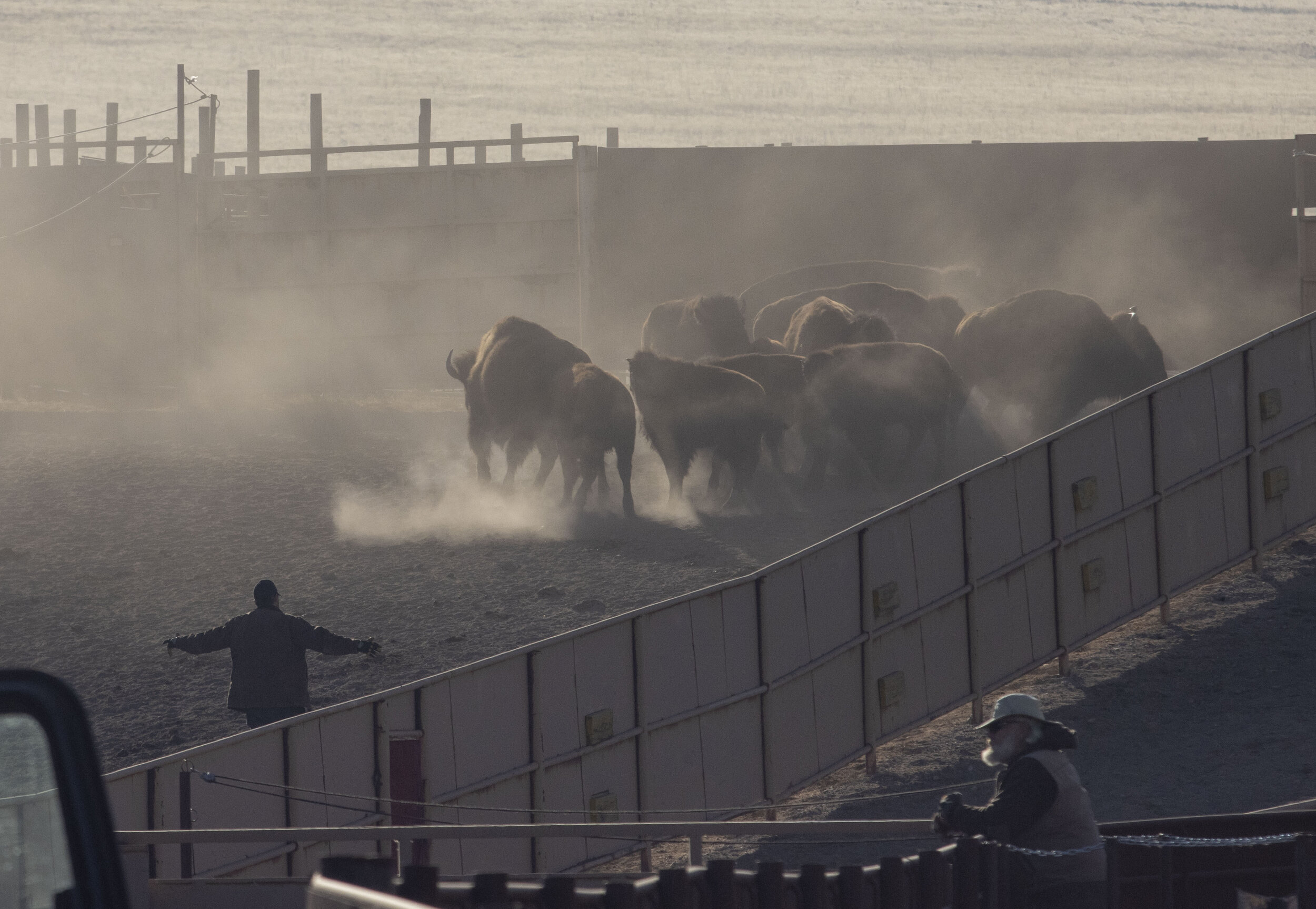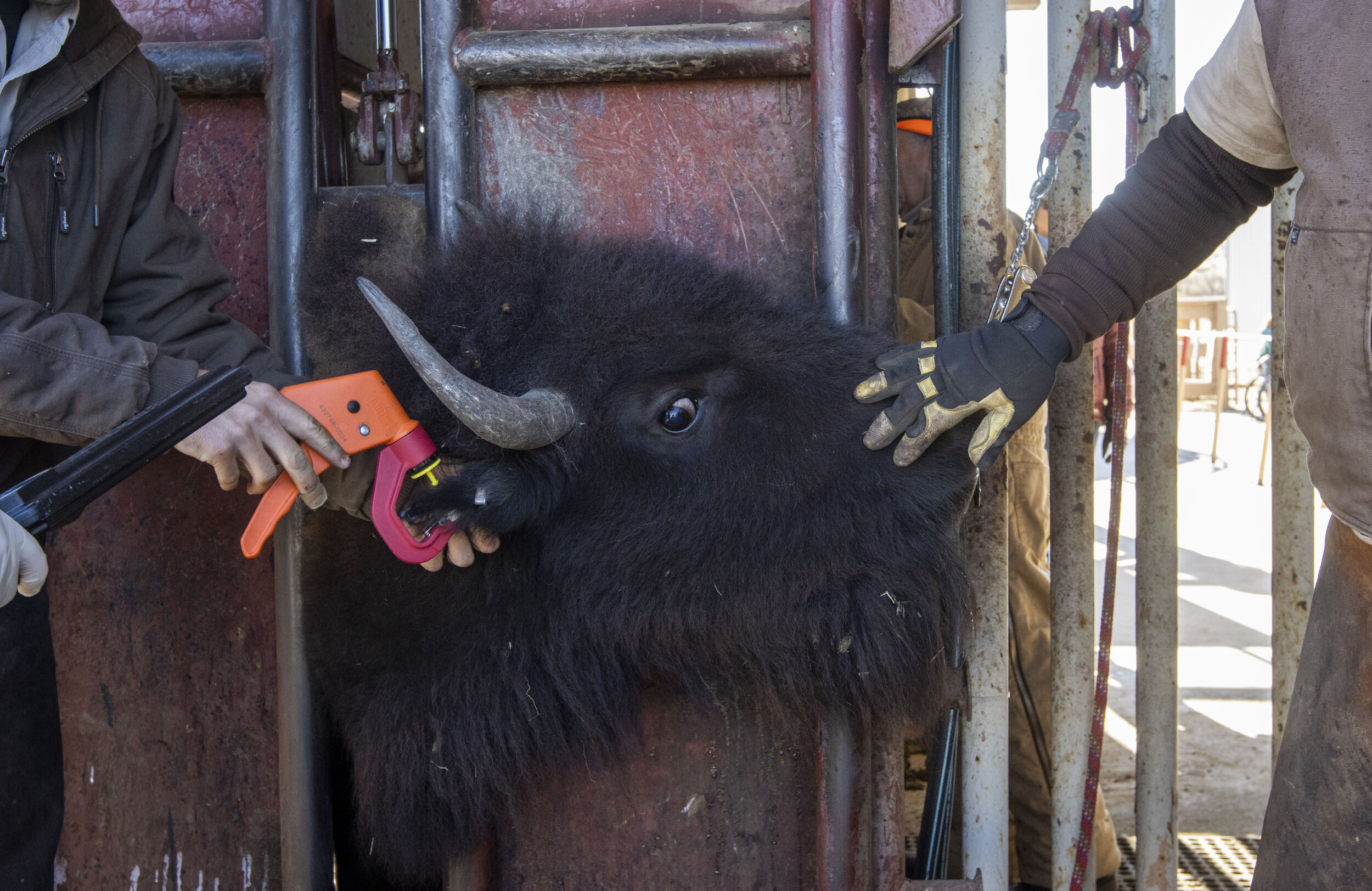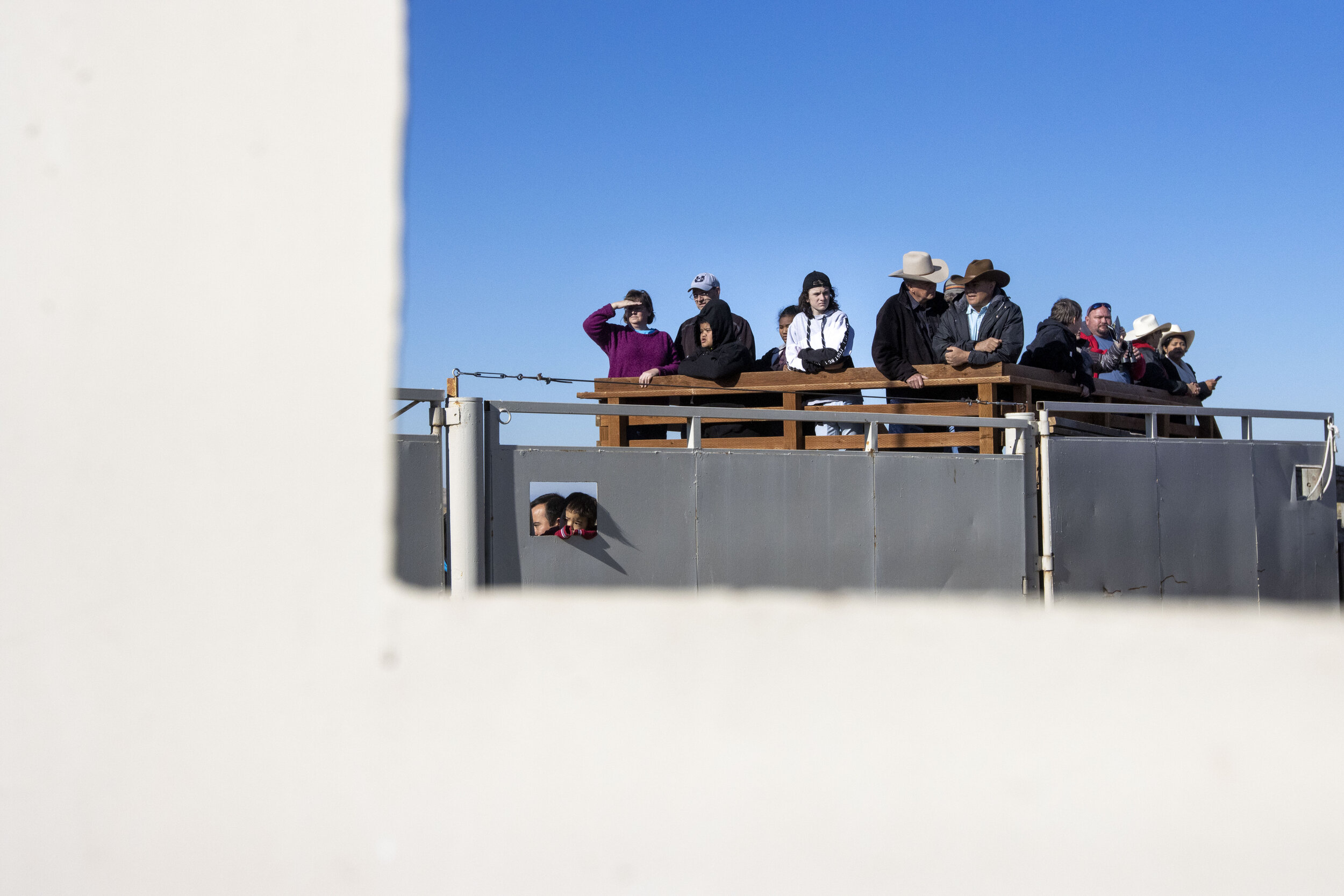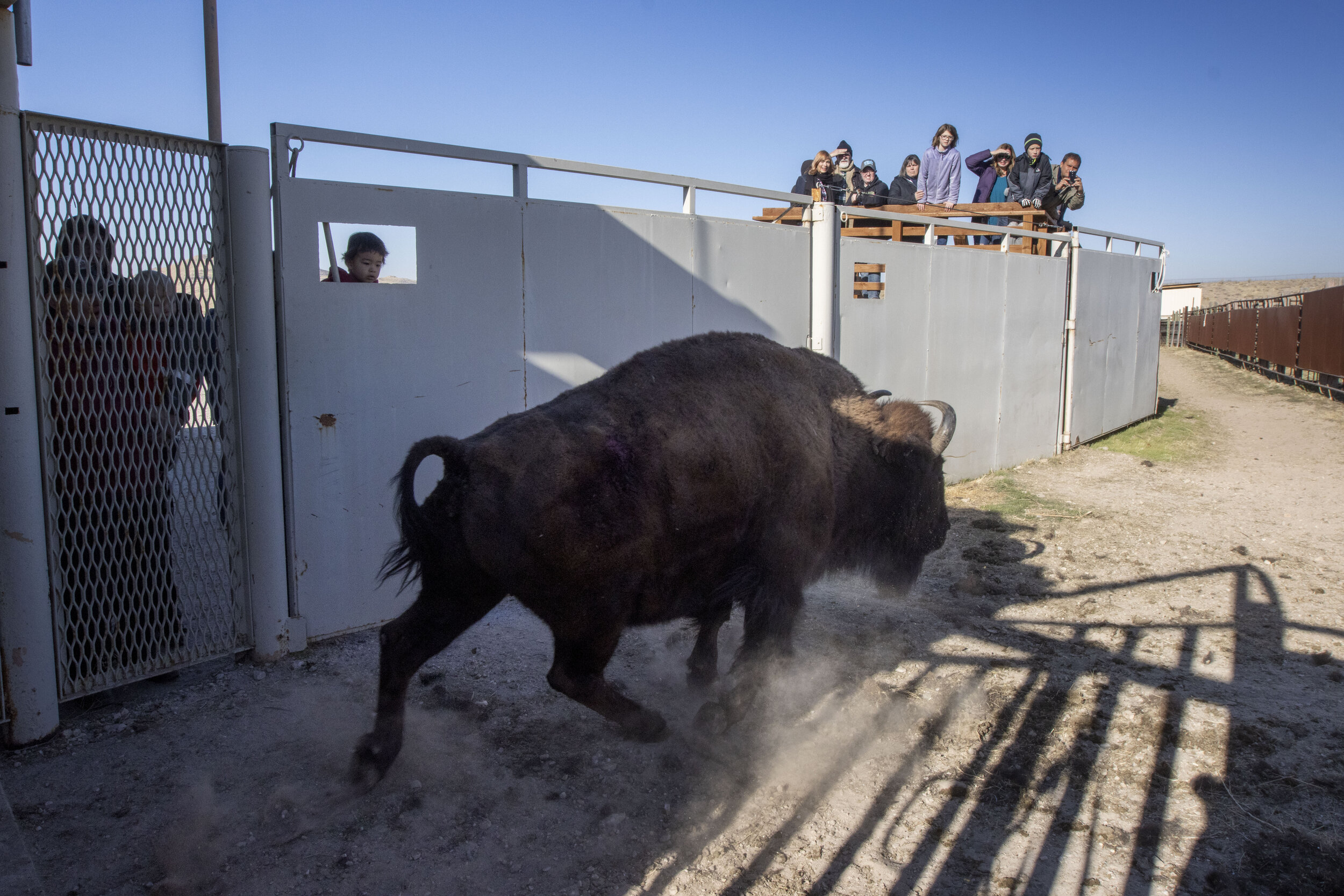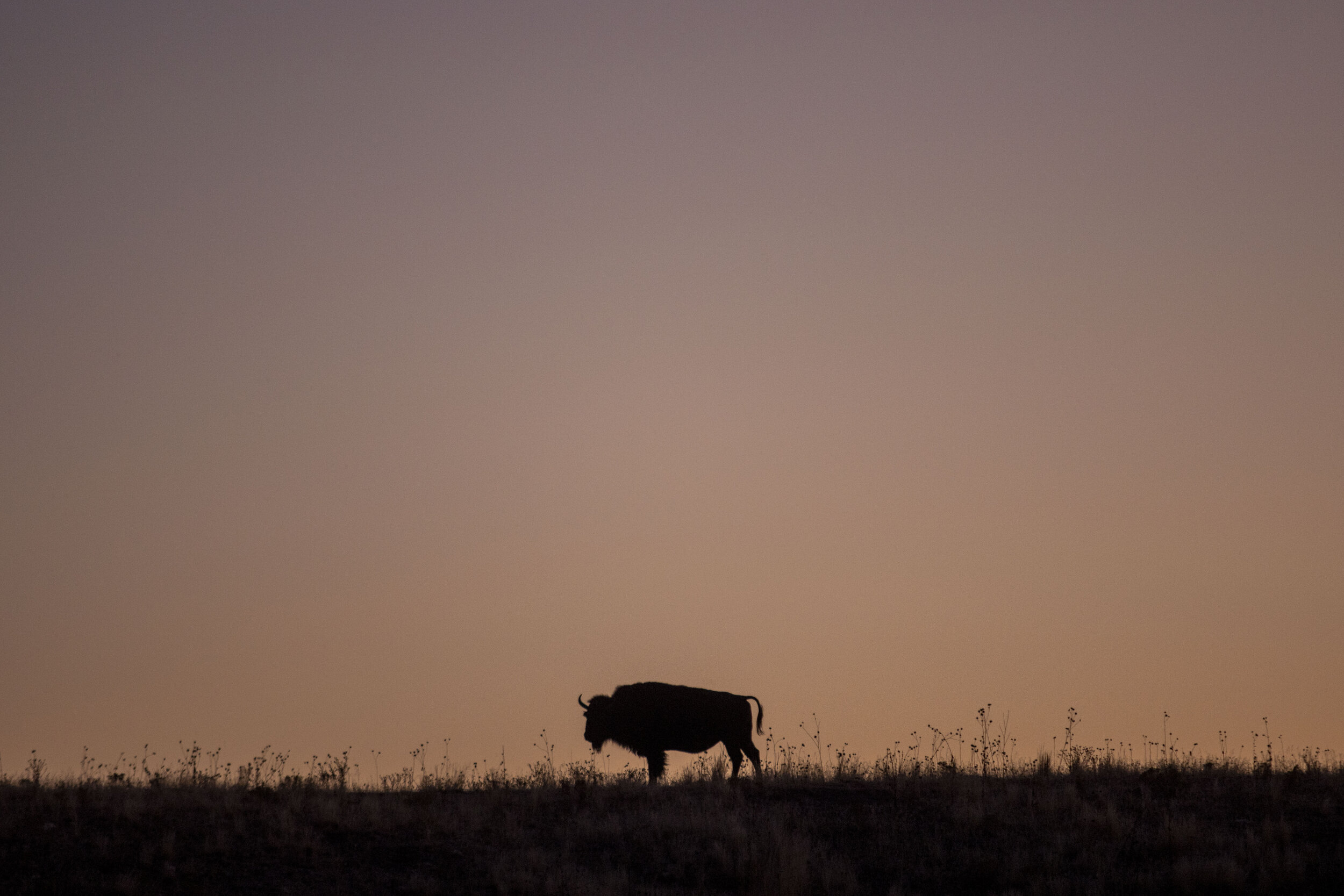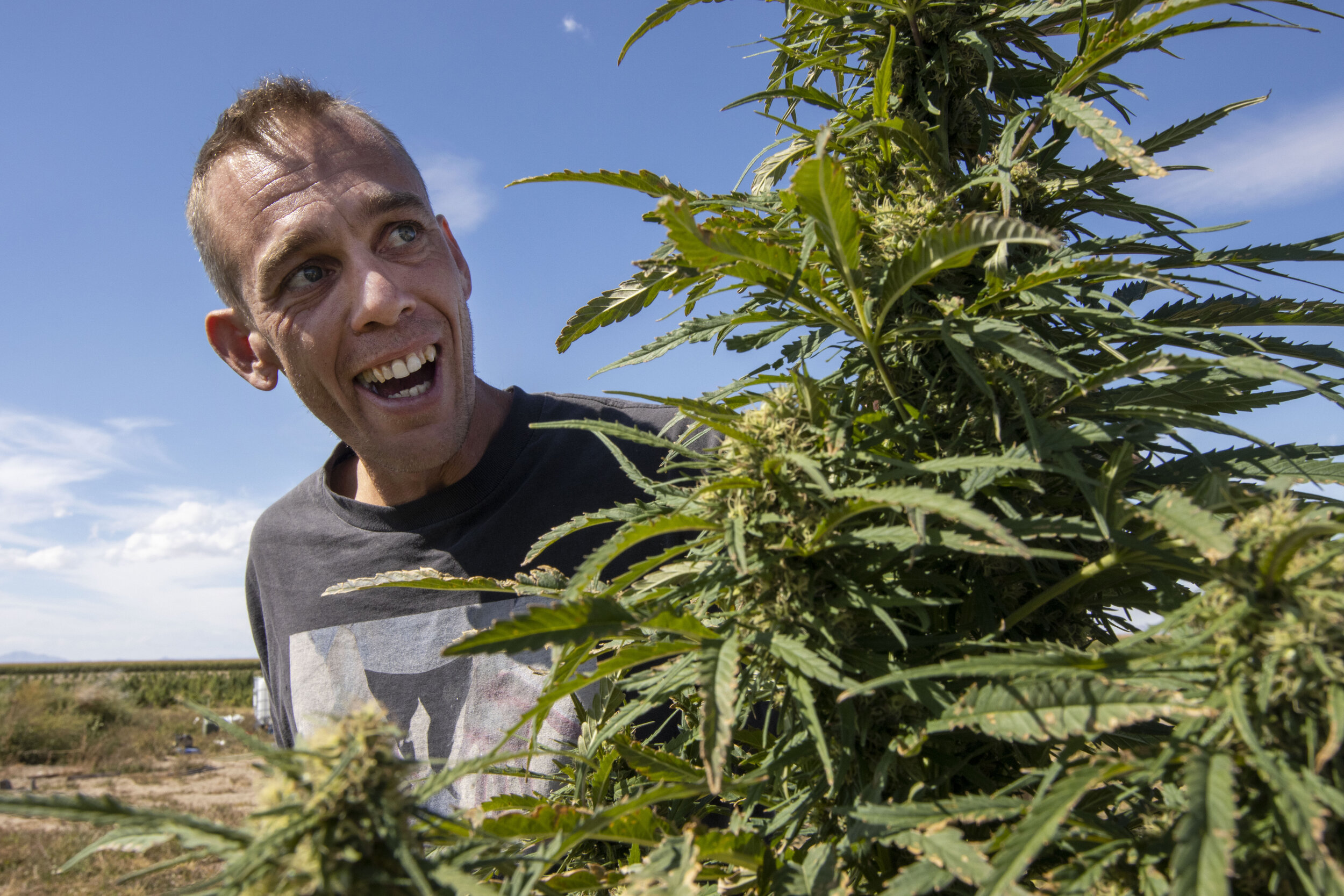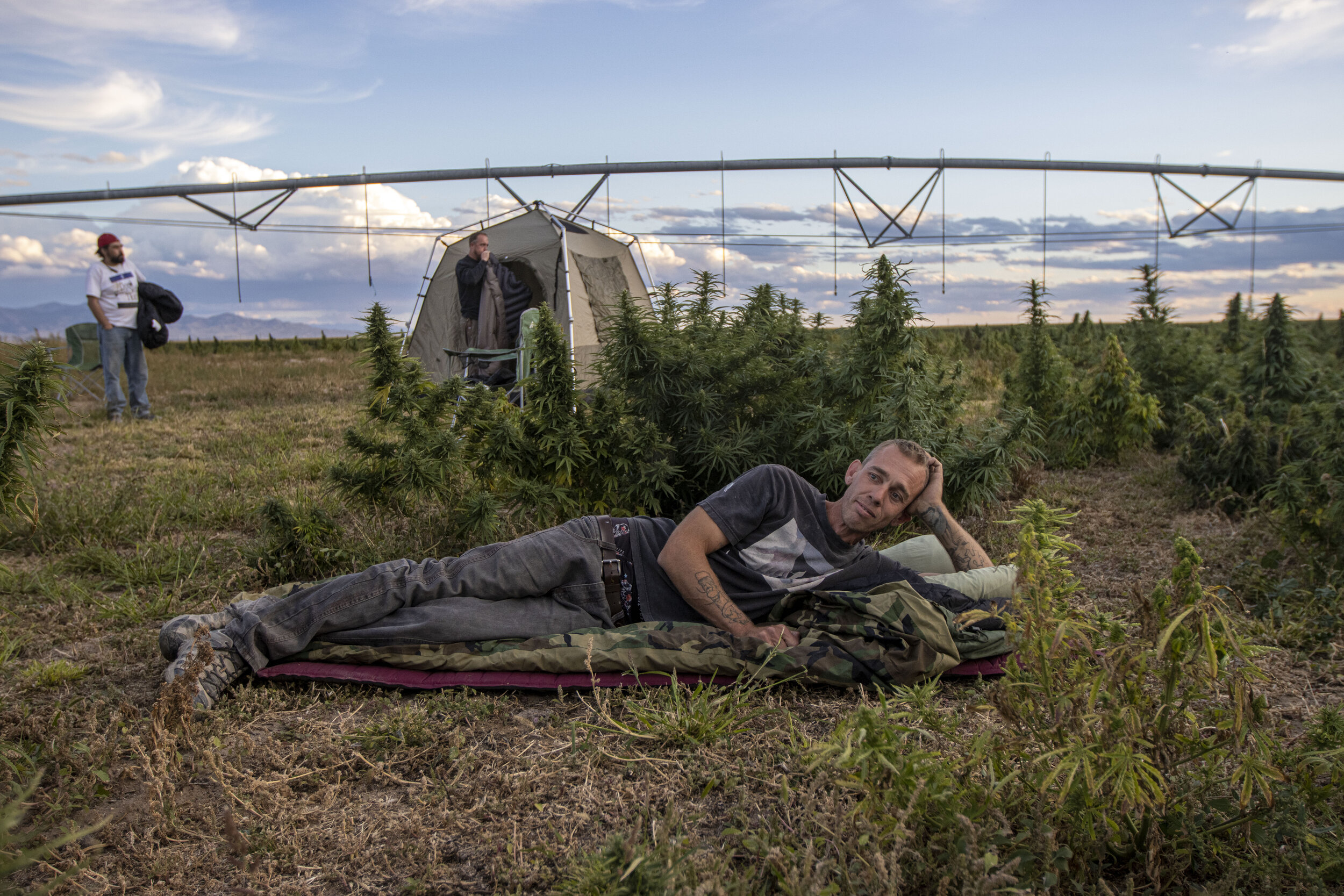Bison are given health checks at Antelope Island State Park Saturday Nov. 2, 2019 in Utah. The park rounds up wild bison that roam the park annually. After the roundup, the bison rest in corals for a few days to reduce their stress. Once they are accustomed to the corals, they are checked one at a time to administer vaccinations. Additionally, the bison receive individual health screenings including pregnancy checks, and medicine to prevent parasites. After the bison are checked, they may be released back onto the island to continue a wild existence or they may be slated to be sold in a public auction. The 16-mile long island can support a healthy herd of 500-700 bison, so when the population increases, some animals are sold.
Before European settlers wiped out the bison in the 19th century, sometimes shooting them from trains, vast herds made up of thousands used to roam the American Plains. At one point their number was reduced to a pitiful few hundred. Conservation projects have brought the numbers back up to an estimated 500,000 in North America today, but that is mostly made of up small herds of less than 500. Sadly, less than 4% (about 19,000 bison) roam freely in conservation herds. Most bison today are raised for commercial purposes i.e. bison burgers. For this reason, scientists say that bison have become ecologically extinct.
